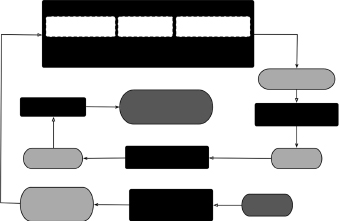CHAPTER 17
ETHICS IN DESIGN
Design is not just a technical matter.

DESIGN IS fundamentally a human endeavor, a social activity. The design process depends upon relationships among members within a design team, with clients and manufacturers, and with the purchasers and users of designed devices. In many cases, designs also affect people who were not part of the designer–client–user triangle we discussed in Chapter 1. To design means to accept responsibility for creating designs: designers are influenced by the society in which they work, and designed products influence society. That is why we must consider ethics and ethical behavior in our examination of how engineers design things.
17.1 ETHICS: UNDERSTANDING OBLIGATIONS
Words like ethics, morals, obligations, and duty are used in a variety of ways in everyday life, including seemingly contradictory or unclear ones. As we did with many of the engineering terms earlier in the book, we start with some definitions. First, the word ethics:
ethics 1: the discipline dealing with what is good and bad and with moral duty and obligation 2 a: a set of moral principles or values b: a theory or system of moral values c: the principles of conduct governing an individual or group
Since it is referenced so often in the definition of ethics, the word moral:
moral 1 a: of or relating to principles of right or wrong in behavior b: expressing ...
Get Engineering Design: A Project-Based Introduction, Fourth Edition now with the O’Reilly learning platform.
O’Reilly members experience books, live events, courses curated by job role, and more from O’Reilly and nearly 200 top publishers.

